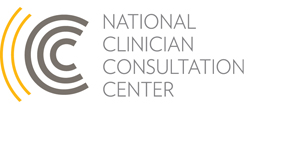Tools to help you manage perinatal HIV in women and infants
Clinicians confront complex questions about aspects of perinatal HIV treatment and care. The NCCC has compiled or created the following tools to aid you in your practice when managing HIV in pregnant women and infants, testing for HIV in pregnancy, caring for HIV-exposed infants, and linking your patients to additional healthcare resources.
Latest Perinatal Guidelines
The most up-to-date Department of Health and Human Services (DHHS) guidelines for Perinatal HIV treatment.
Pregnancy
Pregnancy increases the risk of a woman acquiring HIV, and seroconversion during pregnancy increases the risk of perinatal HIV transmission. In the United States, it is estimated that between 8,000 – 9,000 HIV-positive women give birth each year. The number of perinatal HIV transmissions has dramatically declined from 1,750 per year in the mid-1990s to 143 in 2010. The NCCC can help you advance this work.
Infant Care
Care of HIV-exposed infants is of paramount importance in successfully preventing perinatal transmission. HIV-exposed infants take HIV medication as prophylaxis and require special follow-up for the first few months of life until they are confirmed HIV-negative. NCCC can assist you in providing this care.
 University of California, San Francisco |
University of California, San Francisco |
